Informational Holism: Humanities librarianship, liberal arts, and the limitations of quantitative metrics
ACRLog
AUGUST 11, 2022
Historically, the capacities I am referring to have been transmitted to learners through the artes liberales (or liberal arts), a Greco-Roman ideal based on the assumption that a flourishing and cooperative society requires a population that is systematically trained in critical, interdisciplinary thinking.

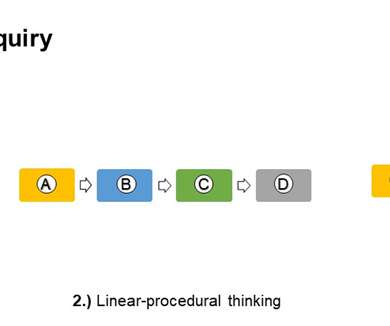


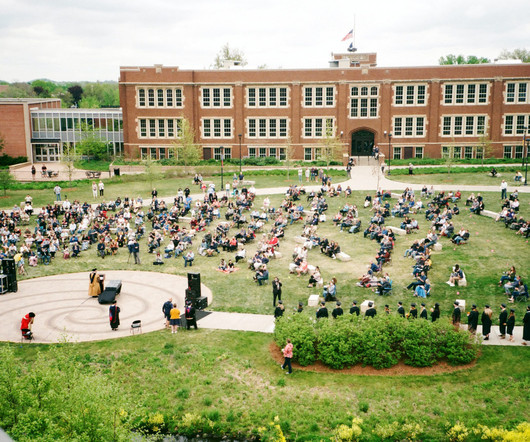
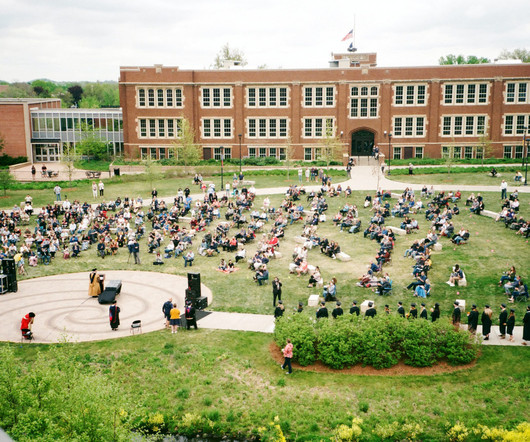


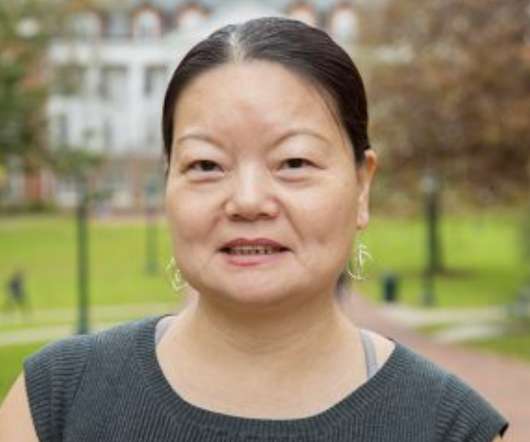

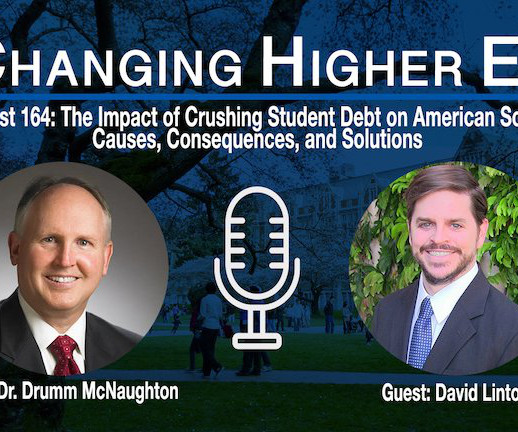
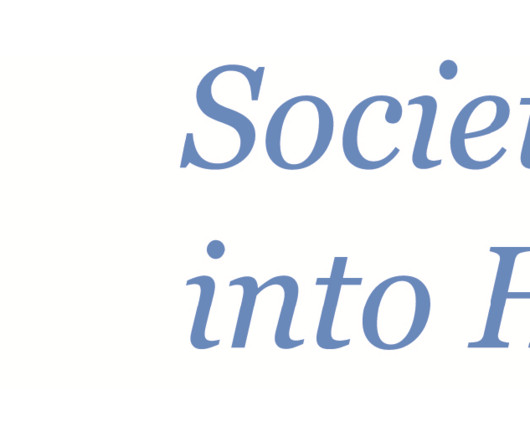







Let's personalize your content